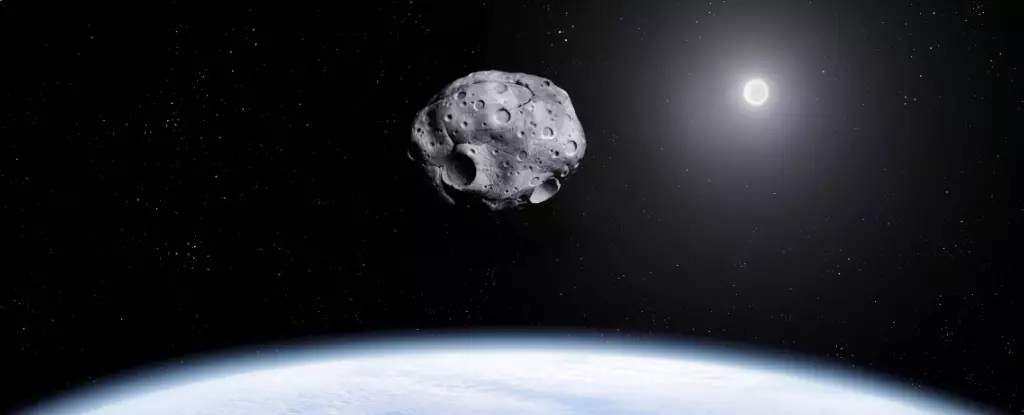In recent days, an alarming situation regarding an asteroid known as 2024 YR4 has evolved dramatically. Initially, the prospect of this city-destroying rock striking Earth in 2032 was deemed quite serious, with a probability of collision estimated at 3.1 percent by NASA and 2.8 percent by the European Space Agency (ESA). This figure raised eyebrows within the planetary defense community and prompted an extensive surveillance campaign directed towards the skies above us. However, following fresh observations from telescopes worldwide, the narrative shifted considerably: the probability of a collision plummeted to a mere 0.001 percent, a virtually negligible risk.
The improvements in predicting the paths of celestial bodies like asteroids can be attributed to advancements in observational technology and methodologies. By refining the parameters of the asteroid’s trajectory, scientists effectively narrowed down the target area, thereby dispelling fears of a catastrophic event. The ESA has noted that the associated risk level has now dropped to zero on the Torino Impact Hazard Scale, a significant change from the earlier level three classification. With the asteroid’s dimensions estimated between 40 to 90 meters, there has been considerable concern about the potential impact’s devastation, leading to the necessity of continuous monitoring and study.
Despite this latest update, the ESA has confirmed that the James Webb Space Telescope will continue to observe 2024 YR4 in the coming months. Such actions underline the importance of ongoing attention to these celestial phenomena. Richard Moissl, head of the ESA’s planetary defense office, highlighted the event as a vital learning opportunity, underscoring the significance of our continued vigilance. The incident has illustrated that even seemingly daunting threats can be mitigated through advanced detection technologies.
Furthermore, the promising advancements in asteroid detection tools, such as Vera Rubin and Flyeye telescopes, will empower astronomers to identify potentially hazardous asteroids more efficiently. Additionally, Europe’s forthcoming NEOMIR mission aims to bolster early warning capabilities, ensuring preparedness against future threats.
Historically, large-scale asteroid threats have been met with varying degrees of concern. A notable example includes the case of the asteroid Apophis in 2004, which had a briefly estimated chance of a 2.7 percent strike in 2029. Comprehensive observations led to the eventual conclusion that this risk was unfounded as well. The evolution of such threats highlights both our vulnerability to celestial events and the importance of continued investment in planetary defense initiatives.
In closing, while the risk from asteroid 2024 YR4 has significantly receded, it serves as a reminder of the ongoing challenges that space poses. As technology evolves and our understanding deepens, humanity must remain steadfast in its commitment to safeguarding our planet from cosmic risks. There is still much work to be done, but recent successes in planetary defense offer a cautiously optimistic outlook for the future.


Leave a Reply